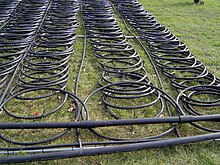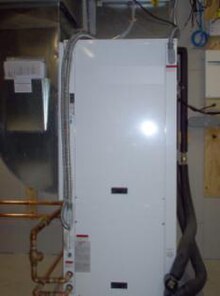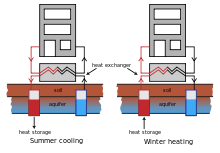Re: The Elusive Canadian Housing Bubble
Time to drop in on Garth Turner's blog...it's been a while:
Time to drop in on Garth Turner's blog...it's been a while:
...Susan lives in Calgary with her husband, and was shocked at a story he came home with last week. “One of the guys he works with is up to his eyeballs in debt. (He’s in his forties, married, with three kids). He and his wife make about $150,000 between the two of them,” she says.
“So, my husband suggested he look at a consumer proposal as he was at the end of his rope. So the guy called, I believe Money Mentors, and they were so busy they couldn’t get him in for an INITIAL meeting until March 31. They told him they have NEVER been this busy and are pushing through an application every half hour, per agent. And that is just a Calgary office. What’s the rest of the country doing? Just thought you should know….possibly a sign of the overextended times?”
The latest stats suggest about 20% of everybody will eventually go bankrupt, Sue. It’s a shocking number, but should surprise nobody. Debt is endemic, and doesn’t seem to scare people the way it used to. The debt-to-income level of about 165% is at a record (US personal debt is 136%, and falling), and mortgage indebtedness just went off the charts.
And this is with 0.9% car loans and 3% mortgages. Just wait until inflationary pressures force rates to normalize.
Calgary? Why shouldn’t things be worse in a city where house prices are ridiculous? A SFH in Cowtown now costs almost $480,000 and is 26% more expensive than five years ago. Someday more locals will understand this isn’t something worth growing chest hair over...

“So, my husband suggested he look at a consumer proposal as he was at the end of his rope. So the guy called, I believe Money Mentors, and they were so busy they couldn’t get him in for an INITIAL meeting until March 31. They told him they have NEVER been this busy and are pushing through an application every half hour, per agent. And that is just a Calgary office. What’s the rest of the country doing? Just thought you should know….possibly a sign of the overextended times?”
The latest stats suggest about 20% of everybody will eventually go bankrupt, Sue. It’s a shocking number, but should surprise nobody. Debt is endemic, and doesn’t seem to scare people the way it used to. The debt-to-income level of about 165% is at a record (US personal debt is 136%, and falling), and mortgage indebtedness just went off the charts.
And this is with 0.9% car loans and 3% mortgages. Just wait until inflationary pressures force rates to normalize.
Calgary? Why shouldn’t things be worse in a city where house prices are ridiculous? A SFH in Cowtown now costs almost $480,000 and is 26% more expensive than five years ago. Someday more locals will understand this isn’t something worth growing chest hair over...


























Comment